Encouraging your kids to play rough can be a positive thing! Roughhousing, such as wrestling or playing chase, might seem intimidating, but it can help your children grow in many ways.
Besides being enjoyable, it can also contribute to making kids smarter, better friends, and more adept at problem-solving.
What is roughhousing?
Roughhousing is like active play where kids have fun but take a few risks. It’s all about laughter and joy, with kids often letting out loud laughs while they play, according to Highlights.
While it might seem like only one parent is into roughhousing, everyone should feel welcome to join in, including pairs of kids or small groups without adults.
The important thing is that everyone involved wants to play. Usually, there’s a pattern to rough play where kids start slow, get more excited, and then calm down again.
It’s best to let this cycle happen naturally. If not, kids might feel off-kilter, affecting their mood and behavior.
Children might start trying this kind of energetic play as early as toddlers. Kids normally get into roughhousing by around 3 or 4 years old, but it can continue up to age 9 or 10; even older kids can benefit from it.
Benefits of roughhousing
Anthony DeBenedet, M.D., a doctor, and a dad, wants to spread the word about rough-and-tumble play, so he wrote a book called “The Art of Roughhousing.”
Dr. DeBenedet, along with other doctors and scientists, has discovered some surprising ways that playing rough helps kids learn and grow:
It helps them become smarter
Playing rough stimulates brain parts that handle emotions, language, and logic. Research shows that kids who roughhouse at home tend to do better in school and have stronger friendships.
It teaches self-control
Adults naturally adjust their strength when playing with kids, teaching them to control their actions. This helps kids learn about self-control and managing power imbalances. Also, when kids can let off steam through rough play at home, they’re less likely to be overly aggressive elsewhere.
It imparts social skills
Rough play teaches kids to read body language and facial expressions. These skills are important for making and keeping friends, as well as for succeeding in group settings like classrooms and sports teams.
It promotes safe aggression
We don’t want kids to be aggressive, but they must learn healthy assertiveness and take appropriate risks. Roughhousing teaches them that physical contact doesn’t have to be violent and builds confidence in their abilities.
It helps kids develop problem-solving skills
Rough play is unpredictable, forcing kids to think on their feet and develop problem-solving skills. Negotiating what’s fun and not also teaches them how to lead and compromise.
It promotes physical fitness
While most kids spend too much time sitting and playing with their gadgets, roughhousing gets them moving and challenges their muscles.
It also releases feel-good hormones like endorphins and oxytocin, making them feel happier and more connected.
Through rough-and-tumble play, parents can help their children physically and mentally develop, setting them up for success in various aspects of life.
Roughhousing guidelines
“The Art of Roughhousing” offers some helpful tips for parents when engaging in rough play with their kids, as MOTHERLY noted:
Be mindful of the environment
Ensure the play area is safe and free from objects that could cause harm. Also, remember that children’s joints are vulnerable during rough play, so be gentle and cautious.
Pay attention to signals
Watch for signs that the roughhousing might be getting too intense or that someone isn’t enjoying it anymore. Respecting everyone’s boundaries and ensuring the play is fun for all involved is important.
Timing matters
Avoid roughhousing right before bedtime. Kids need time to wind down and relax before sleeping, so save the rough play for earlier in the day.
Include everyone
Roughhousing isn’t just for boys; girls can enjoy it too! Studies show that girls who roughhouse with their fathers tend to be more confident. Plus, including girls in rough play can help prevent negative behaviors like bullying among girls.
Not only for dads and kids
Both mothers and fathers can play important roles in roughhousing with their children.
Even though traditionally, roughhousing has been associated more with fathers, mothers can be just as great at it.
Catherine Tamis-LeMonda, a professor at New York University, emphasizes that children learn from both parents. So, if a mom engages in rough play, her child will also pick up on those behaviors.
All children need to receive loving physical contact, regardless of their gender or the presence of a father figure. This bonding experience promotes closeness and security in the family.
Overall, roughhousing can be a fun and beneficial activity for everyone involved, whether it’s mom or dad.
Watch Dr. Sheryl Ziegler, a parenting specialist, talk about the benefits of roughhousing for kids:
Discover more from My Positive Outlooks
Subscribe to get the latest posts to your email.


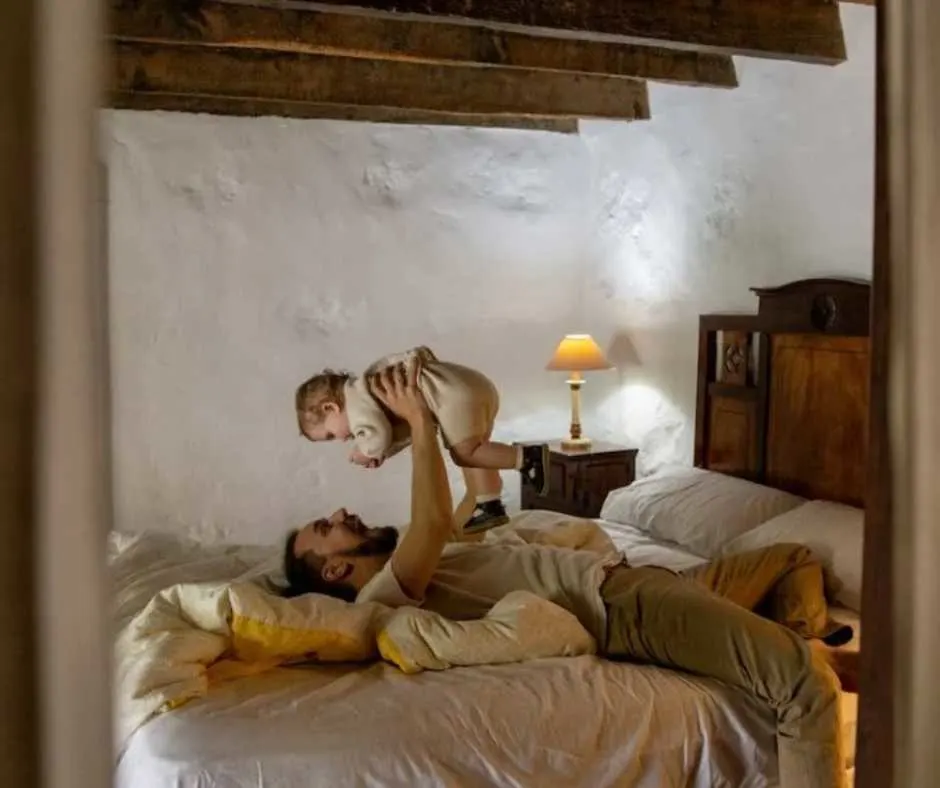

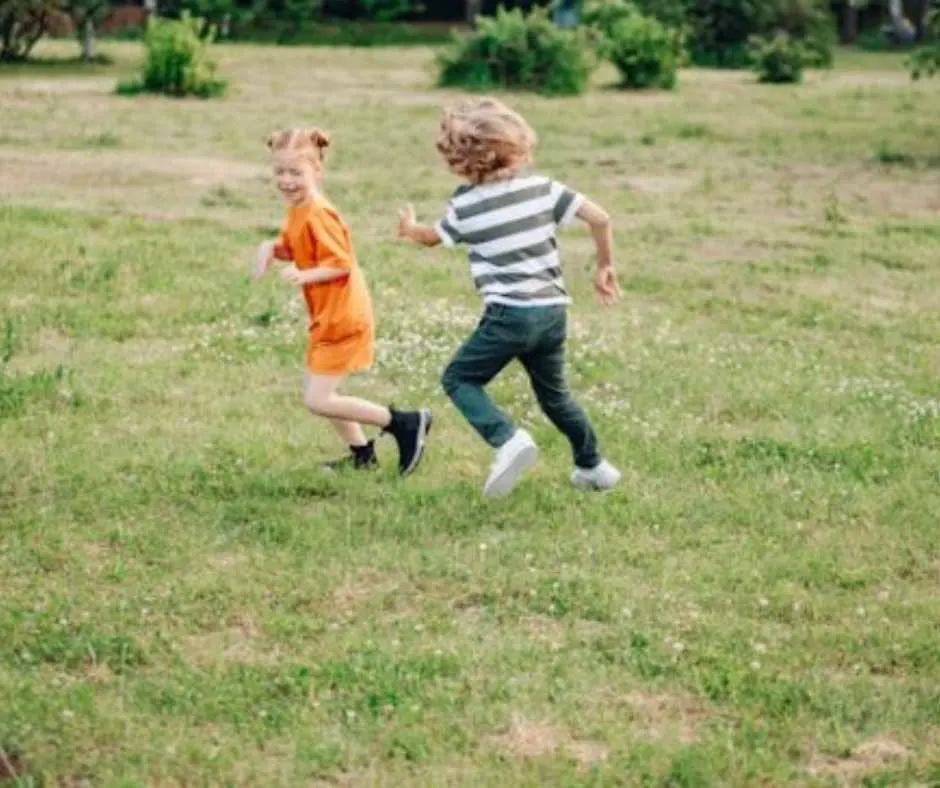
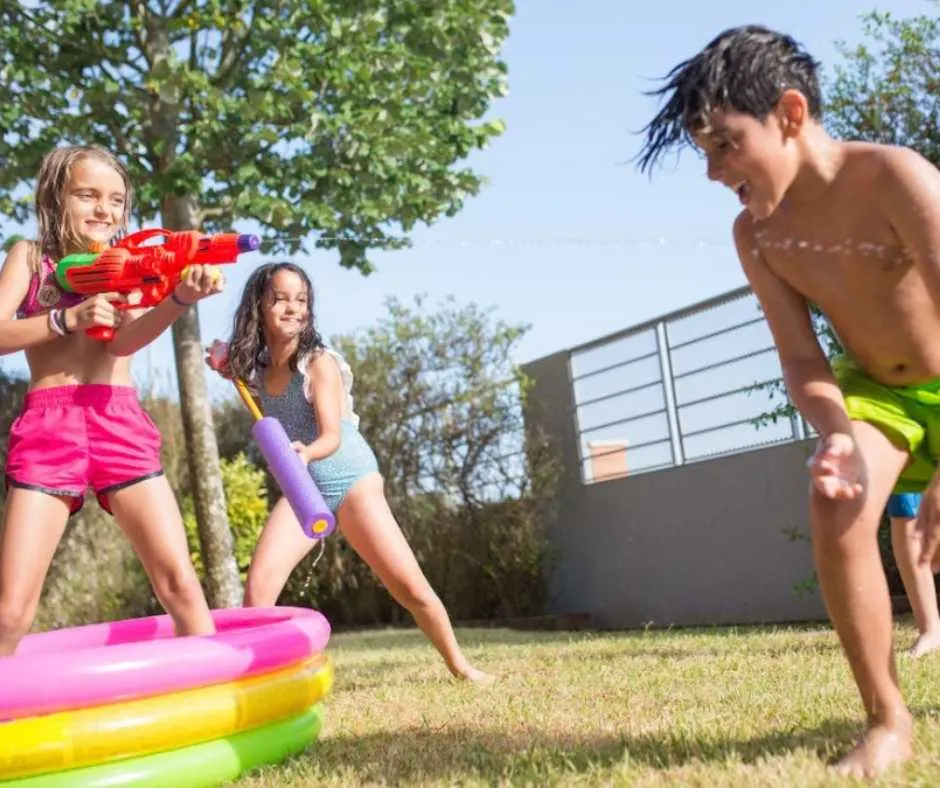
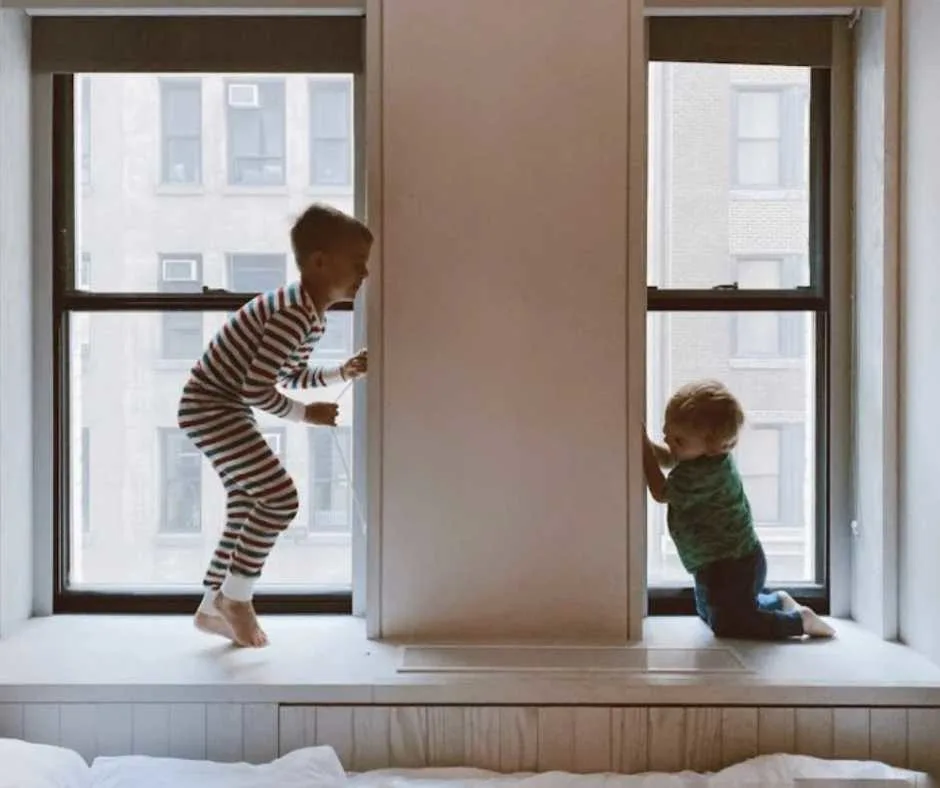

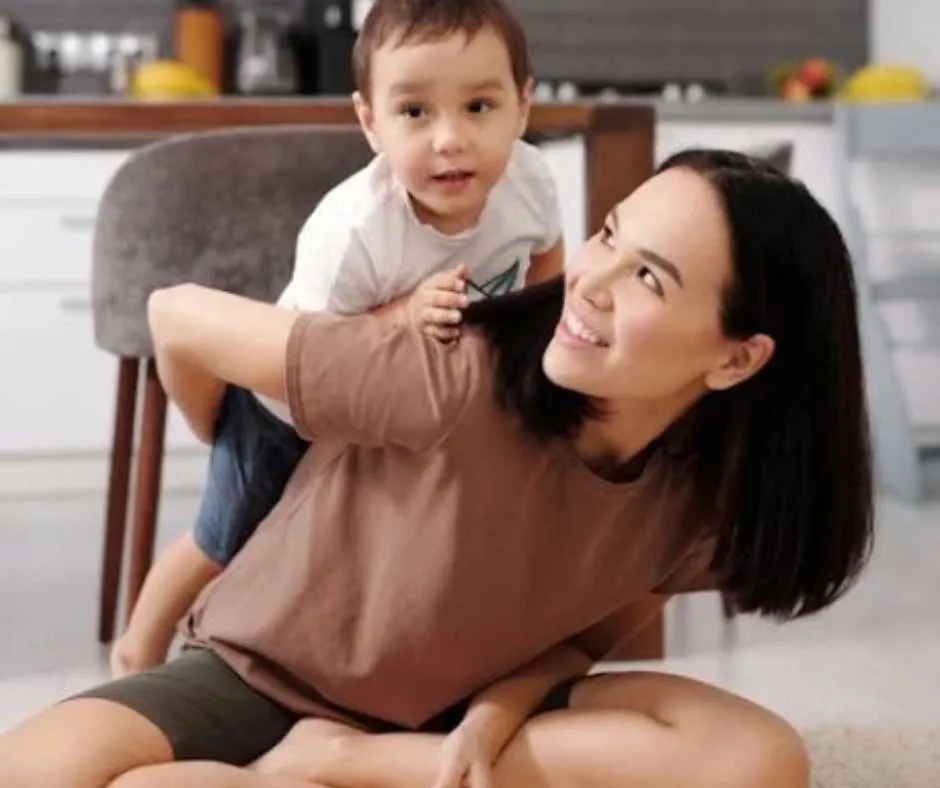
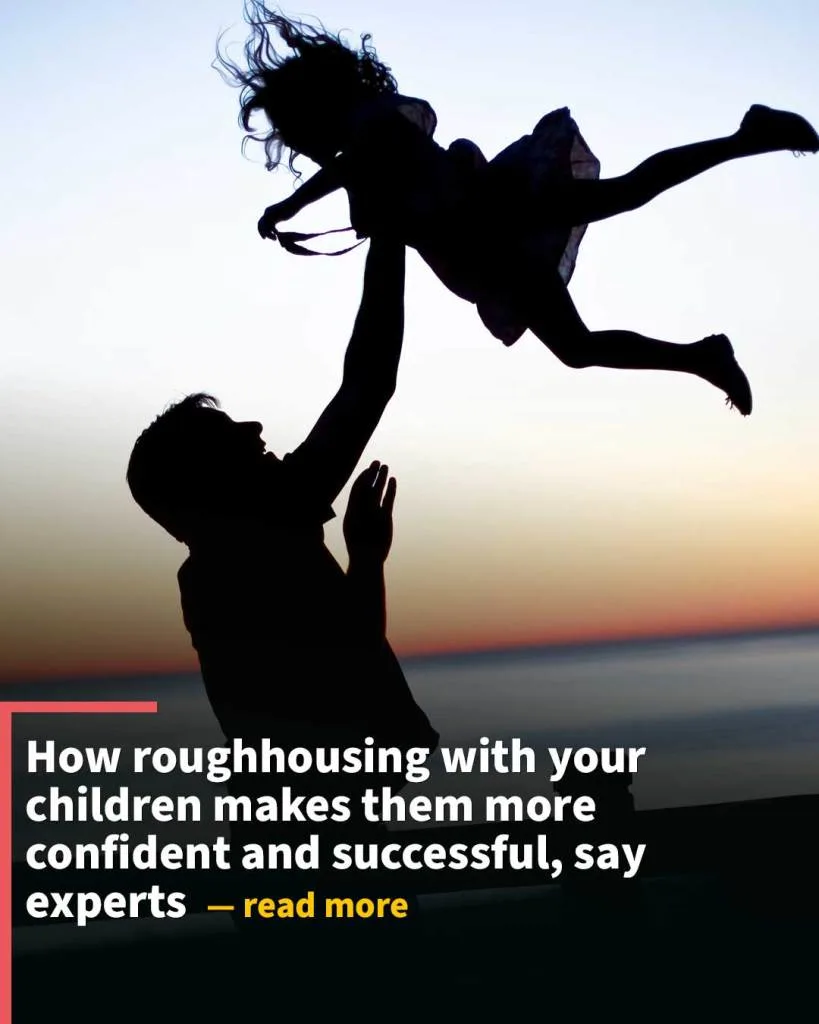
henk.
Sunday 24th of March 2024
how about strong , clear and tranparant.